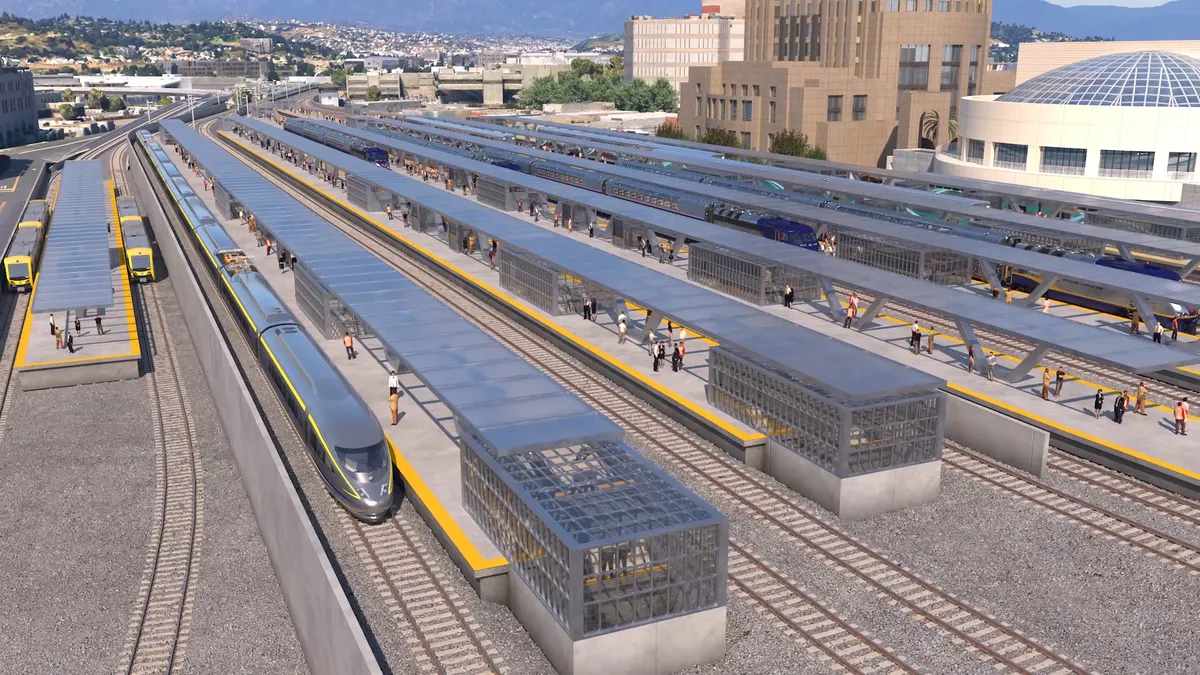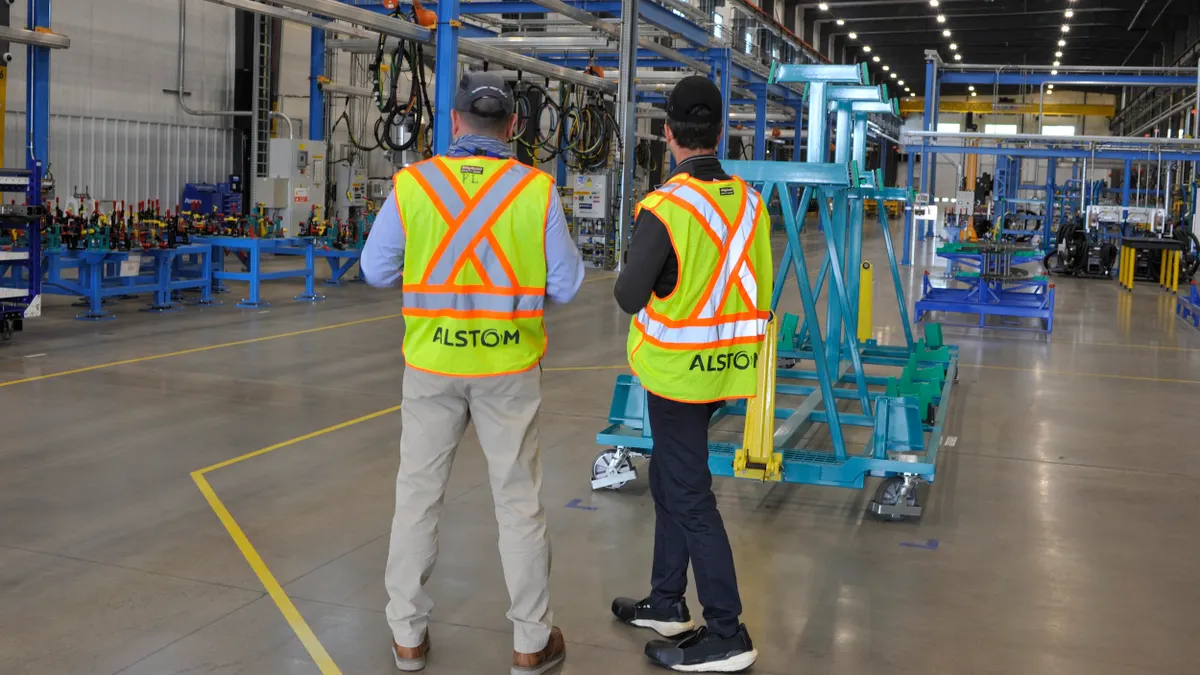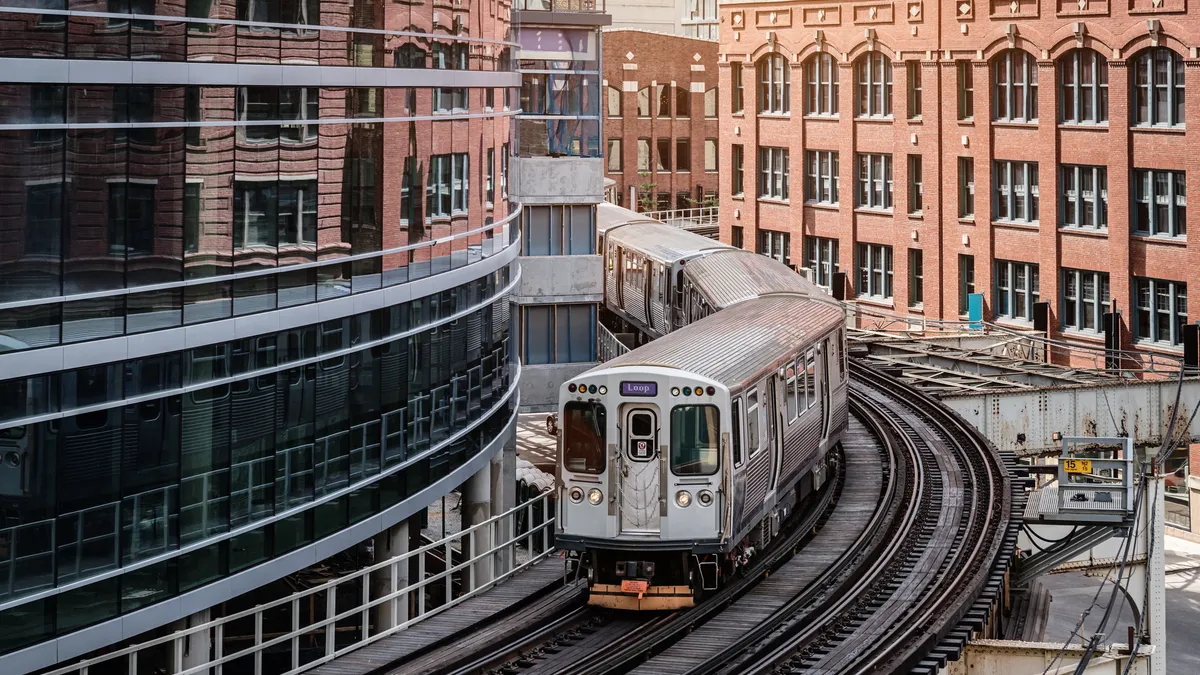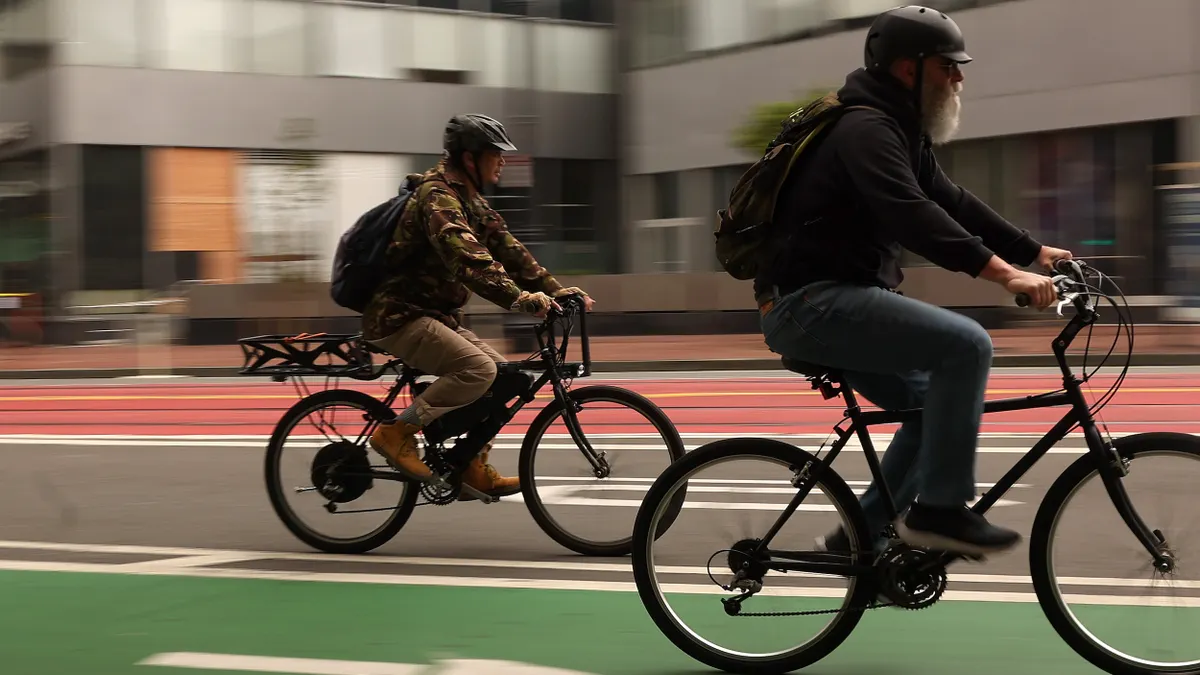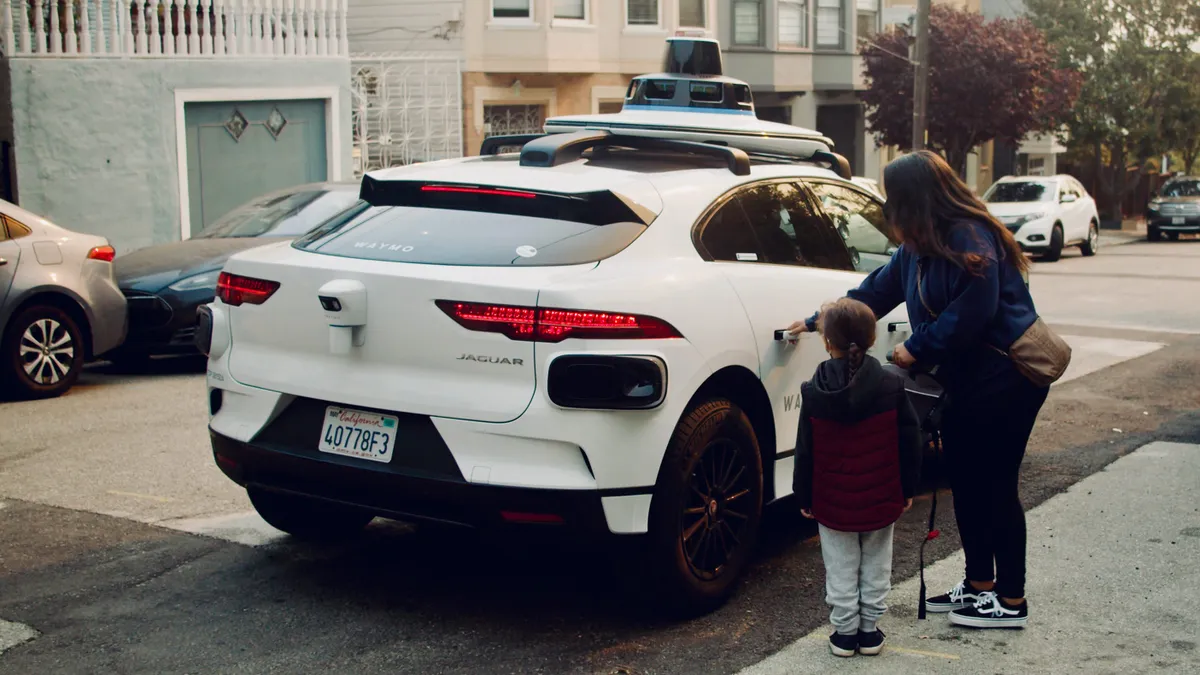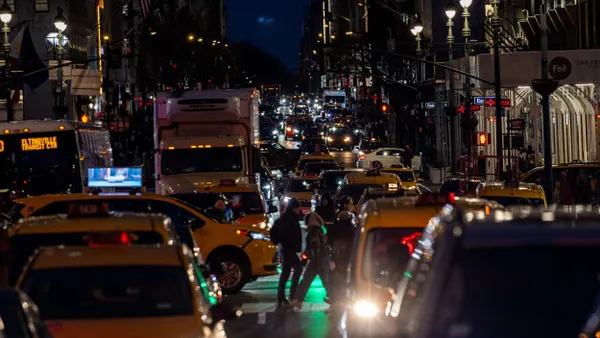Editor's Note: This piece was written by LaMont McAliley, IEEE Intelligent Transportation Design Technical Committee Chair and Chair of the Professional Development Committee of the IEEE Transportation Electrification Community. The opinions represented in this piece are independent of Smart Cities Dive's views.
City planners and other government officials probably feel like they cannot quite get away from the future of their jobs, no matter where they go. Even when they take time off from their work and flip on the TV back home, they are deluged with the exciting — but undeniably challenging — visions of tomorrow’s smart cities. Car commercials, for example, are filled with depictions of the emerging connected- and autonomous-driving features that figure to be pervasive across tomorrow’s transportation infrastructure — not just in cars but also across buses, trains, air vehicles, etc.
If the magnitude of the coming change feels a little daunting, the good news for city planners and other government officials is that the global technology community already is collaborating in unprecedented ways to help ensure coordination and safe, secure rollout of synergistic innovations. Now is the time for all stakeholders to familiarize themselves with each other’s worlds and the interrelated technology developments that are coming about quickly.
Coordinated innovation
Dramatic change is coming to transportation. There is no other way.
The ways that people and goods are transported must become safer, more sustainable and smarter in part because they have to. The world’s cities will not be able to accommodate the coming surges in their population growth without a different way of handling how transportation takes place across them. In this light, an approach to managing the status quo is simply not an option; city planners and other government officials know they have to find new ways to move people and goods. And, indeed, innovations in transportation electrification and connected and autonomous vehicles are already driving transformation.
Collaboration is taking place across disparate industries — information and communications technologies (ICT), consumer electronics, automotive, power and energy, etc. — to better understand and build on each other’s technology spaces. Simultaneous with the developments in transportation electrification is coming a range of innovation in connected and autonomous automobiles. Safety is an especially busy category of innovation. Technologies for assisted driving are already growing common in the commercial marketplace:
- The rearview camera that assists drivers with operating a vehicle in reverse
- Sensory capabilities for collision warnings
- Alerts for vehicles and other dangers in drivers’ blinds spots
- Real-time notifications of approaching hazards, among them
More and more features are appearing by which cars are talking to us drivers, and now we are entering a technology phase where cars are going to be doing most of the talking for us. Automobiles will be talking more with each other and the increasingly connected infrastructure around them.
This is where the greatest potential benefits lie with regard to planning tomorrow’s smart cities. Technologies that enable vehicles to sense their surroundings and act in automated fashion on the intelligence that they take in could, most importantly, make transportation dramatically safer than we have ever known it to be — for drivers, road workers, pedestrians, etc.
But that is not all. Traffic congestion could be greatly alleviated with a capability for vehicles to interact with connected streets to find optimal routes or open parking spaces, for example. Potential benefits in energy efficiency also are appealing, with next-generation capabilities such as being able to dynamically power up and power down streetlights at night depending on activity levels of vehicles and people in a given area of the city.
Getting up to speed
Of course, not everyone is convinced of the net advantage of such developments when extrapolated out to their largest-foreseeable deployment. Potential issues in areas such as information security, cost and disruptive change to existing patterns give some pause and might even stoke some political headwinds to innovation in the years ahead.
The individuals grappling with how to comfortably, efficiently and safely accommodate more and more people in the world’s cities cannot afford to sleep on the developments coming about in transportation, however. The envisioned long-term benefits in areas such as safety, traffic management and energy usage are tremendous. It is crucial that the people planning our smart cities get themselves educated now on directions in areas such as connected cars, connected buses, connected trains and unmanned vehicles (including air vehicles), electric and hybrid cars, more-electric ships and aircraft, rail systems and personal transport—as well as the motive, storage, power grid, electronic intelligence and control technologies underlying them.
City officials and other government officially probably feel like they can’t get away from the revolution in transportation that is taking shape. And they are right. Now is the time to embrace change and ensure that our future cities take the greatest advantage of the innovations in transportation electrification and connected and autonomous driving that we seeing only the start of today.







